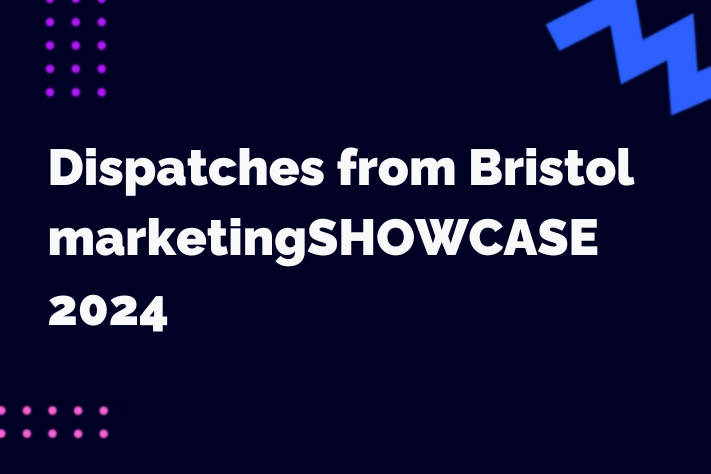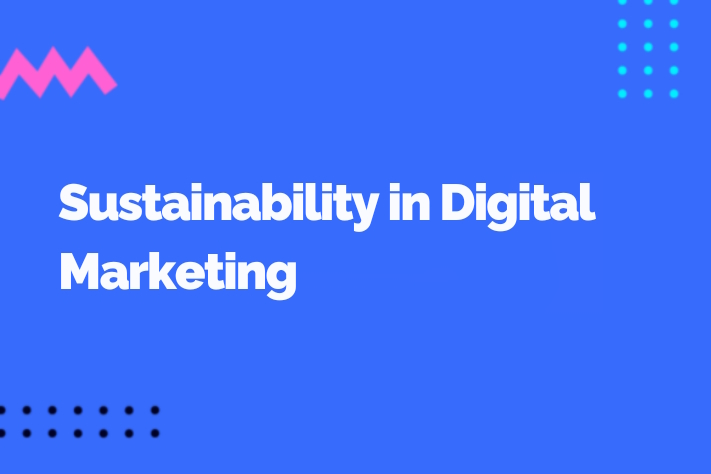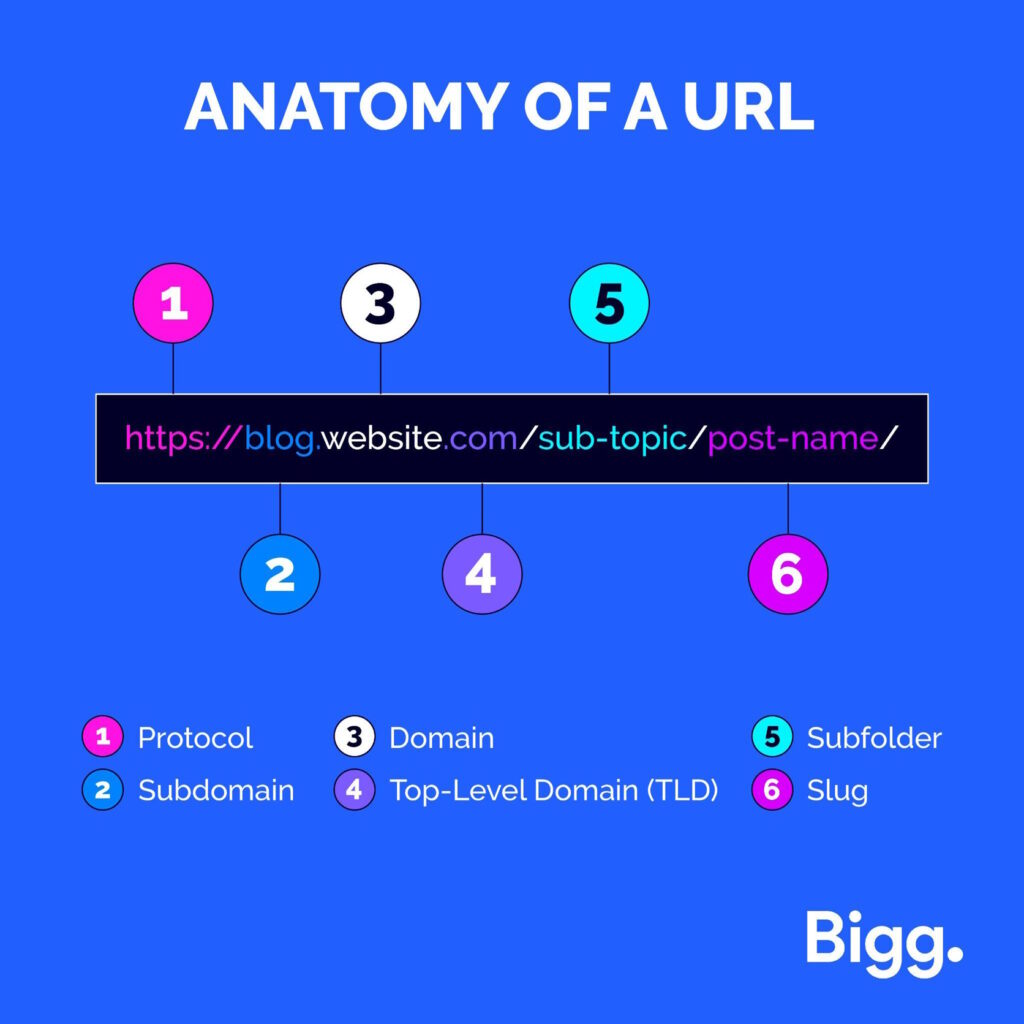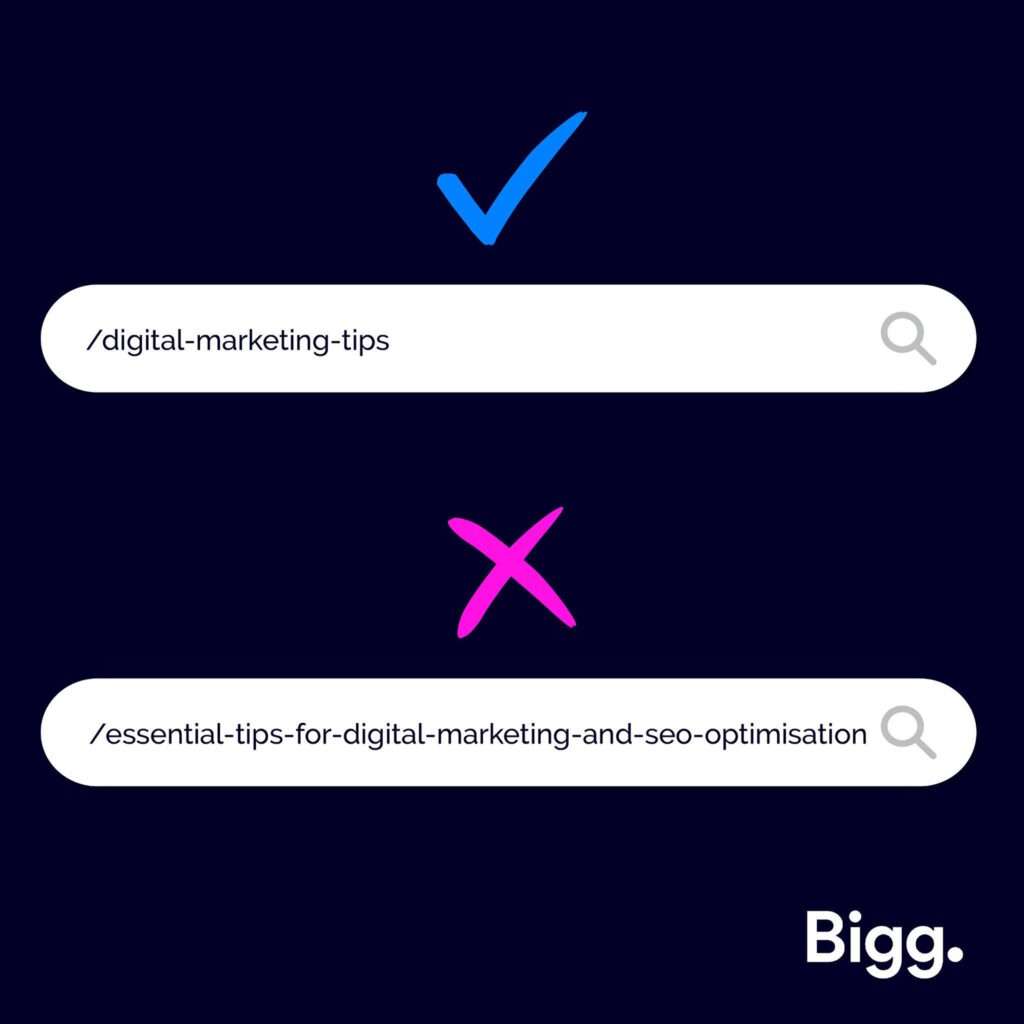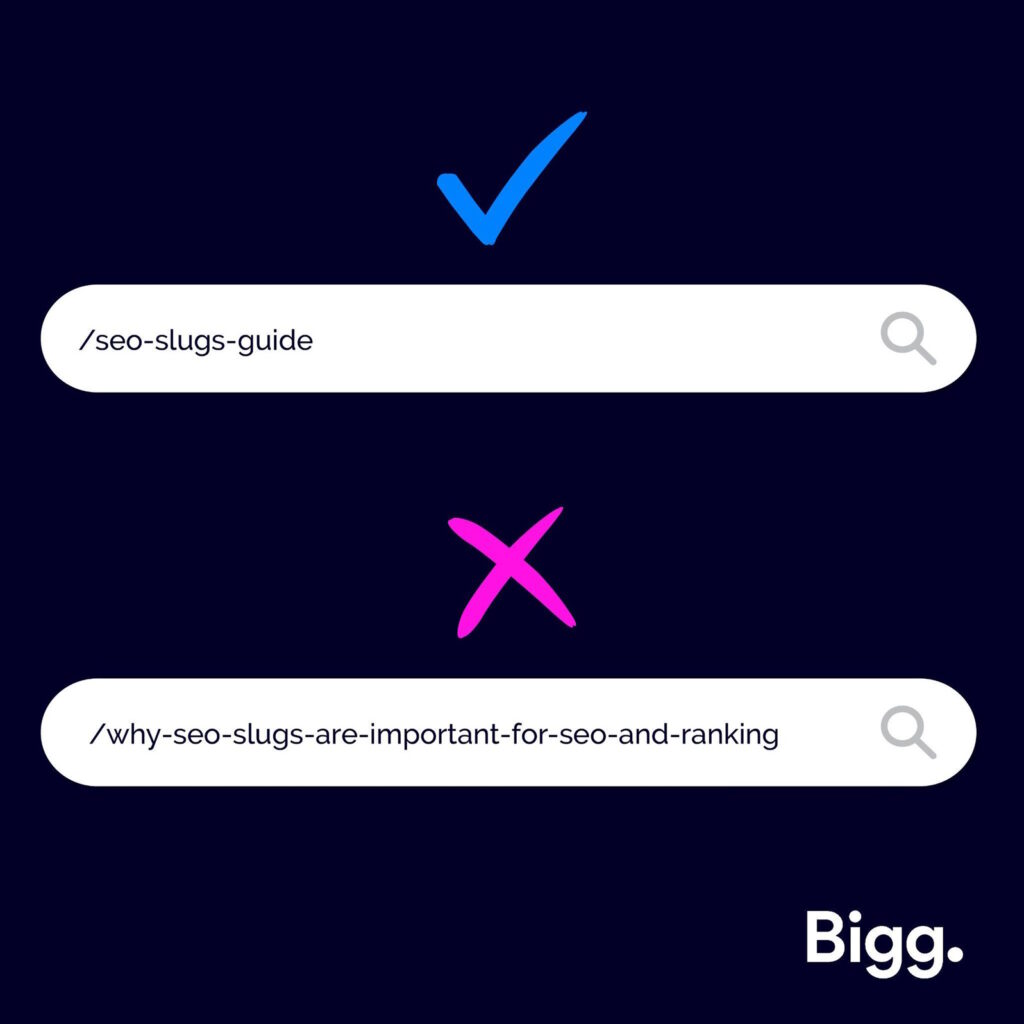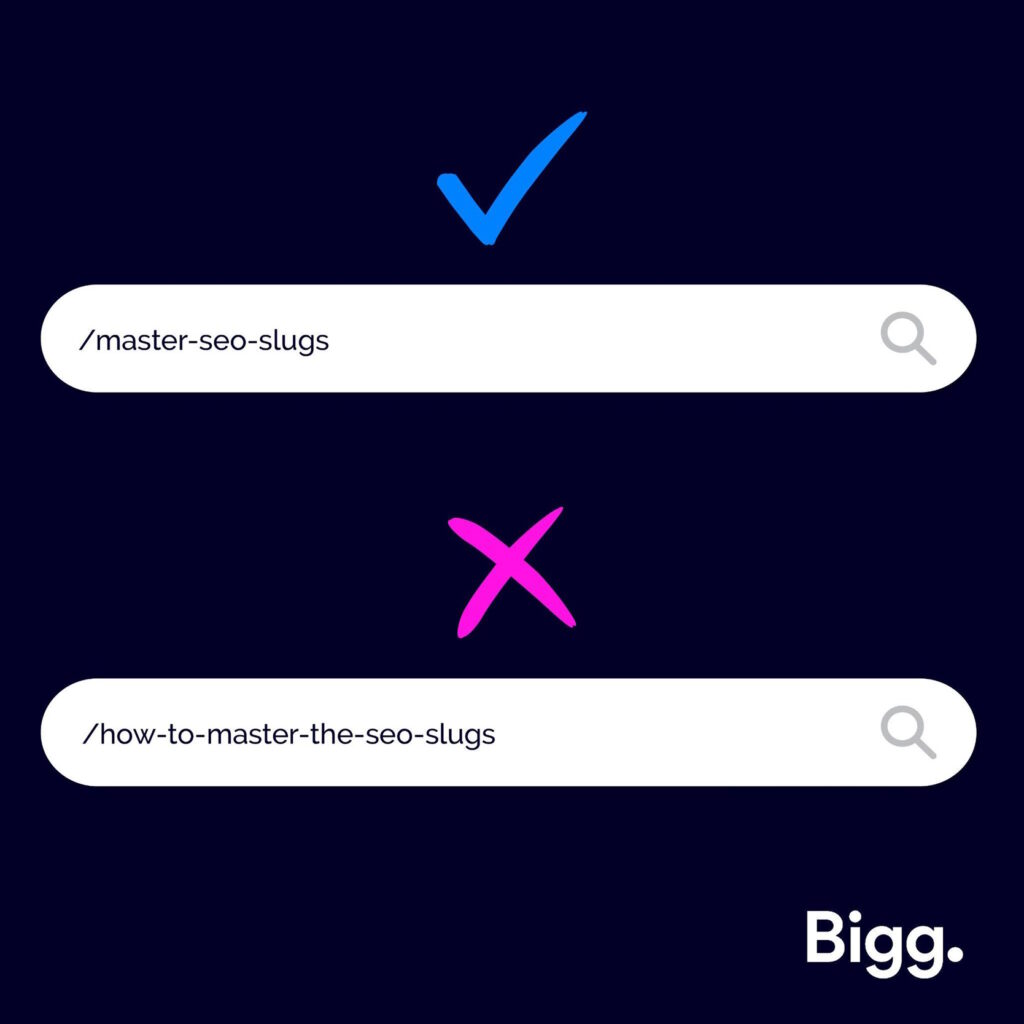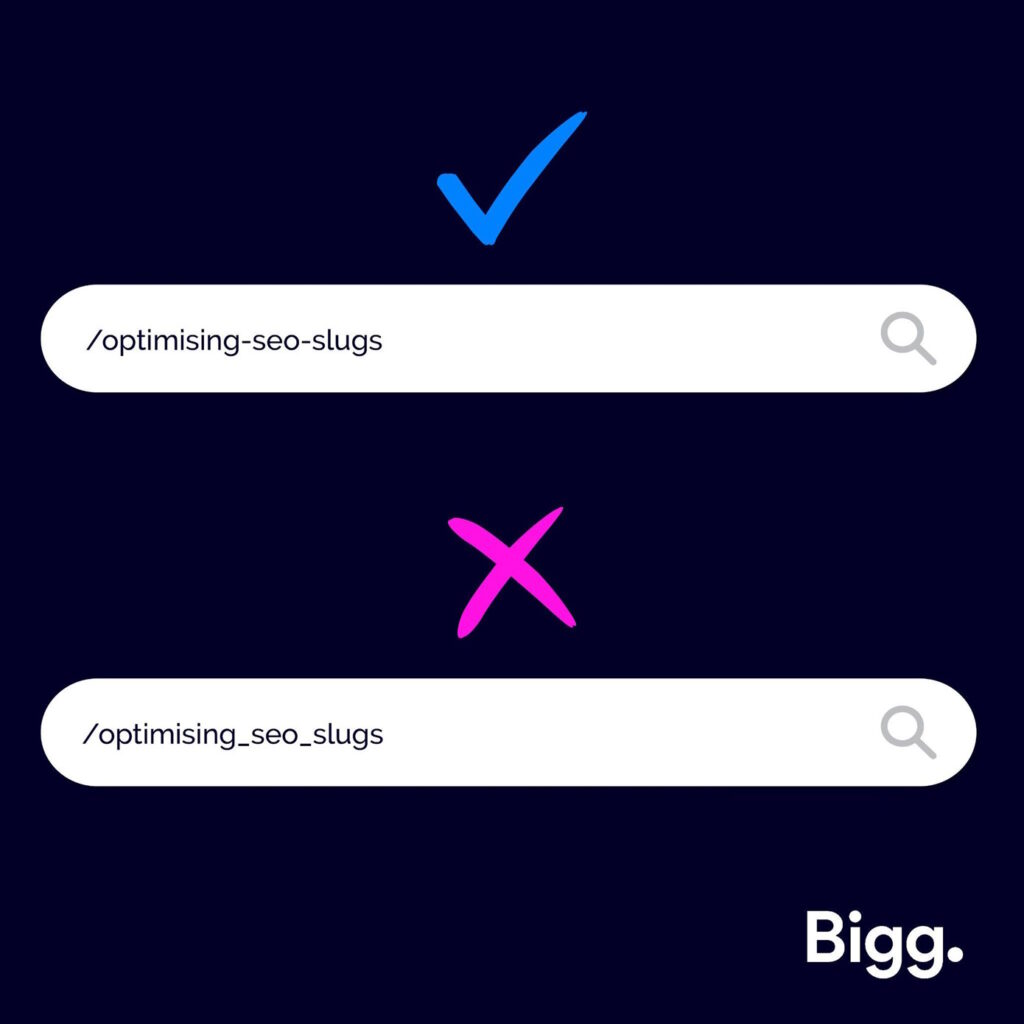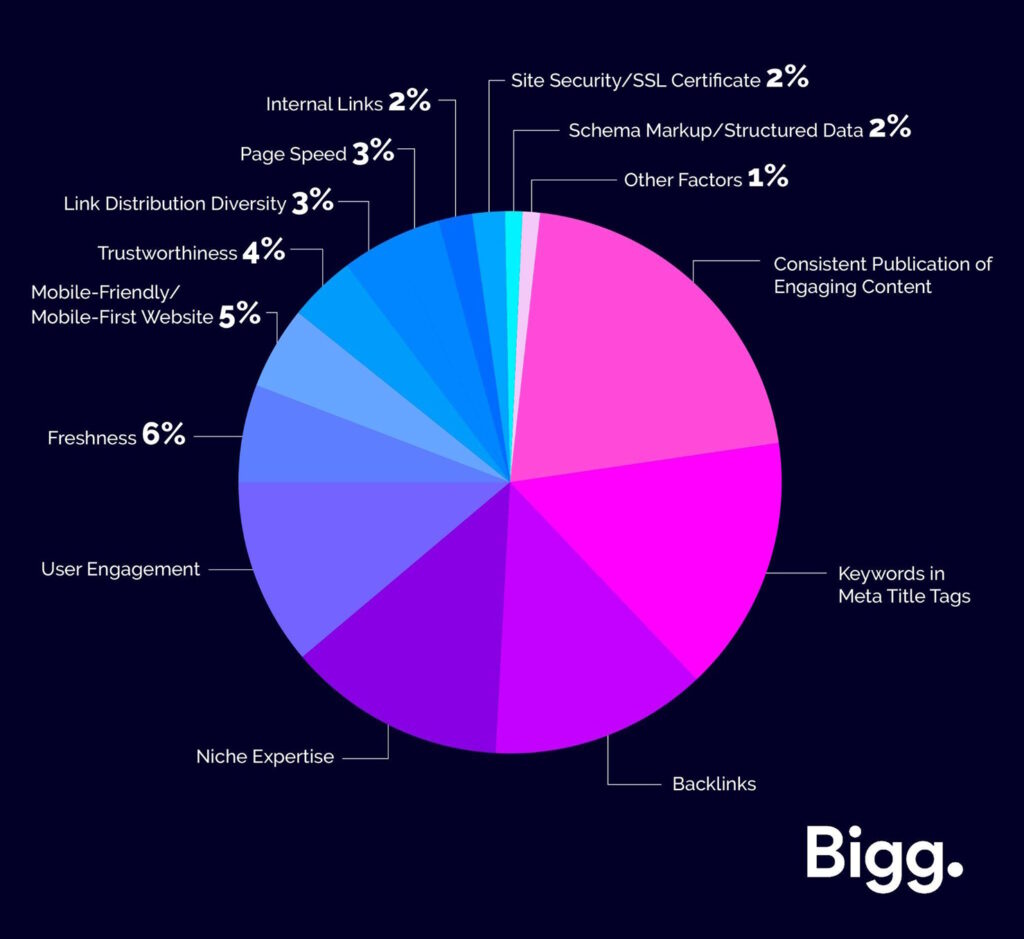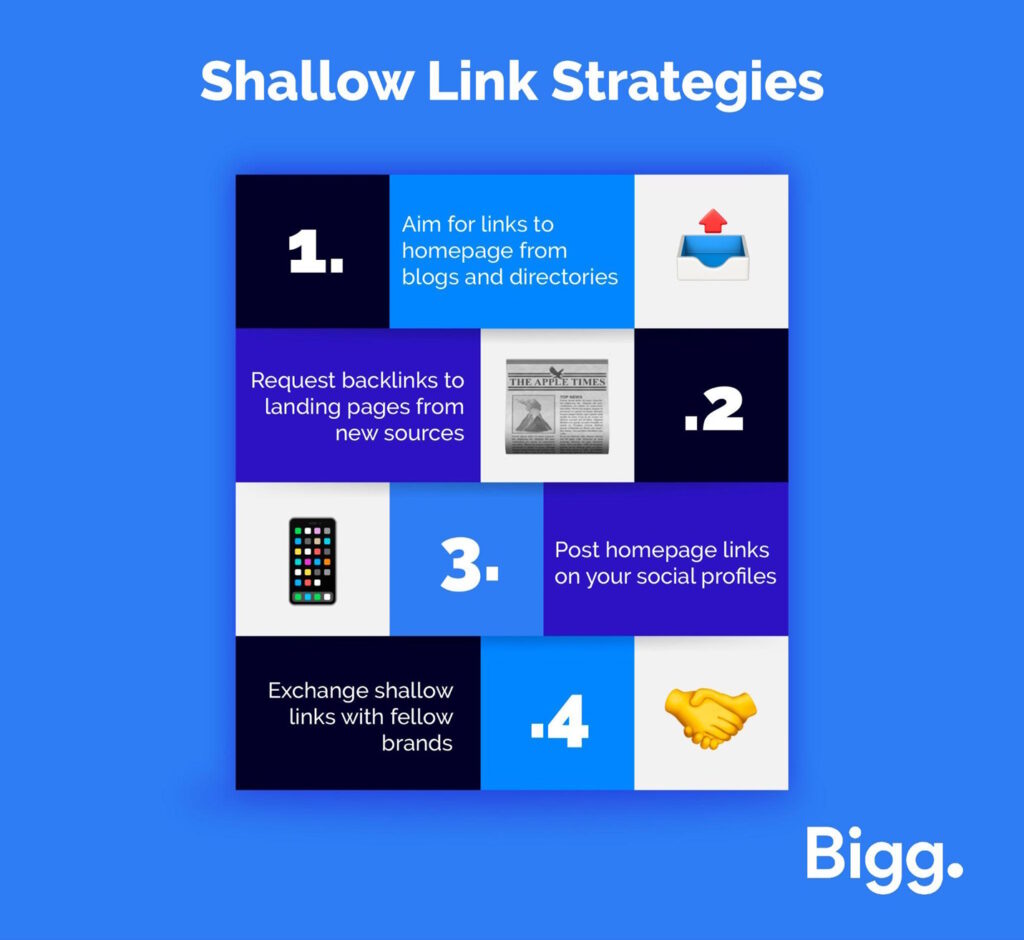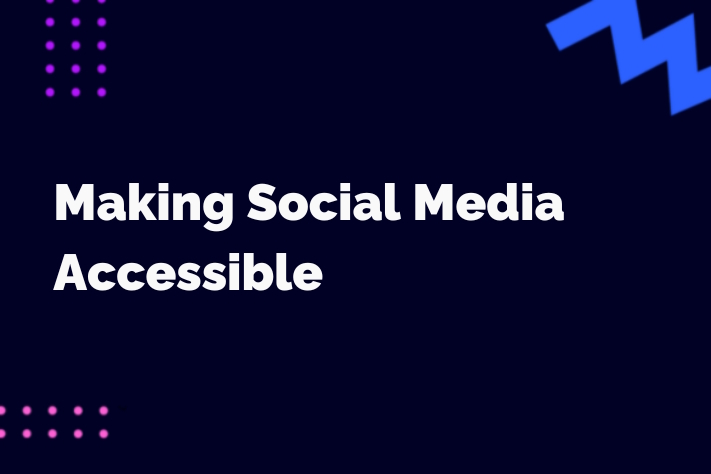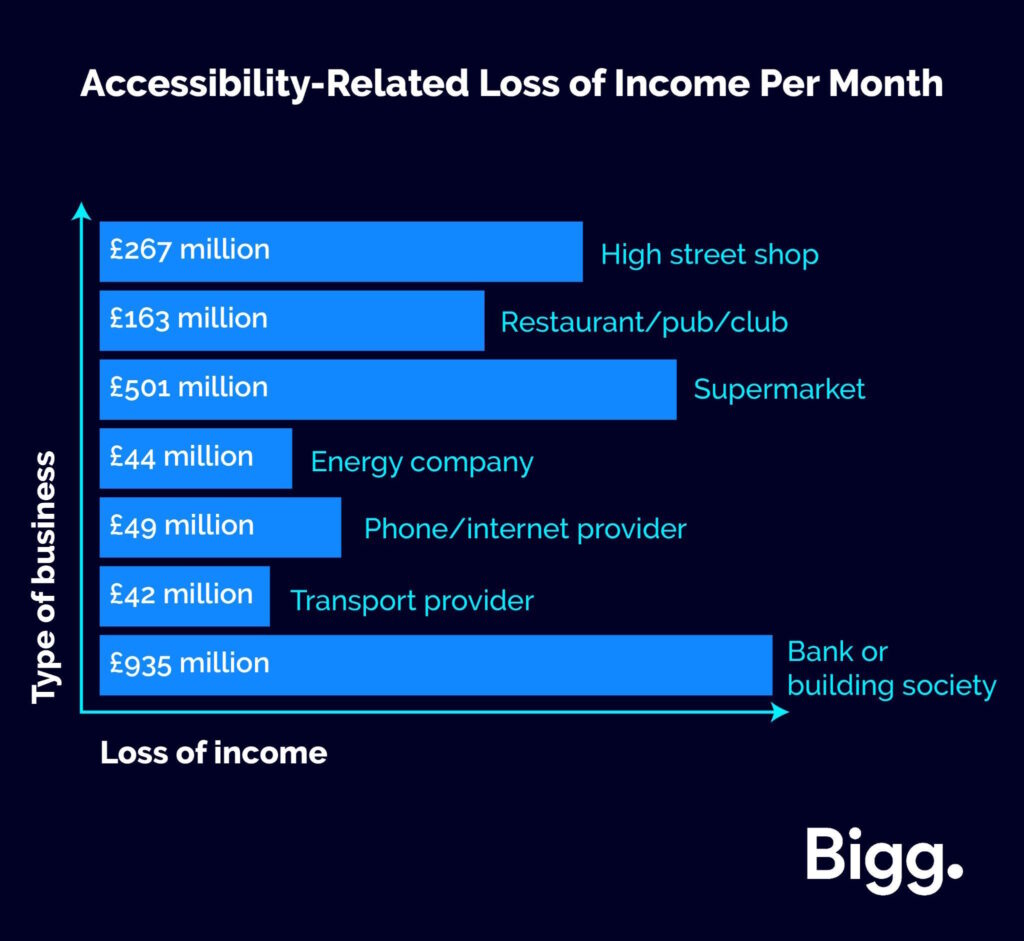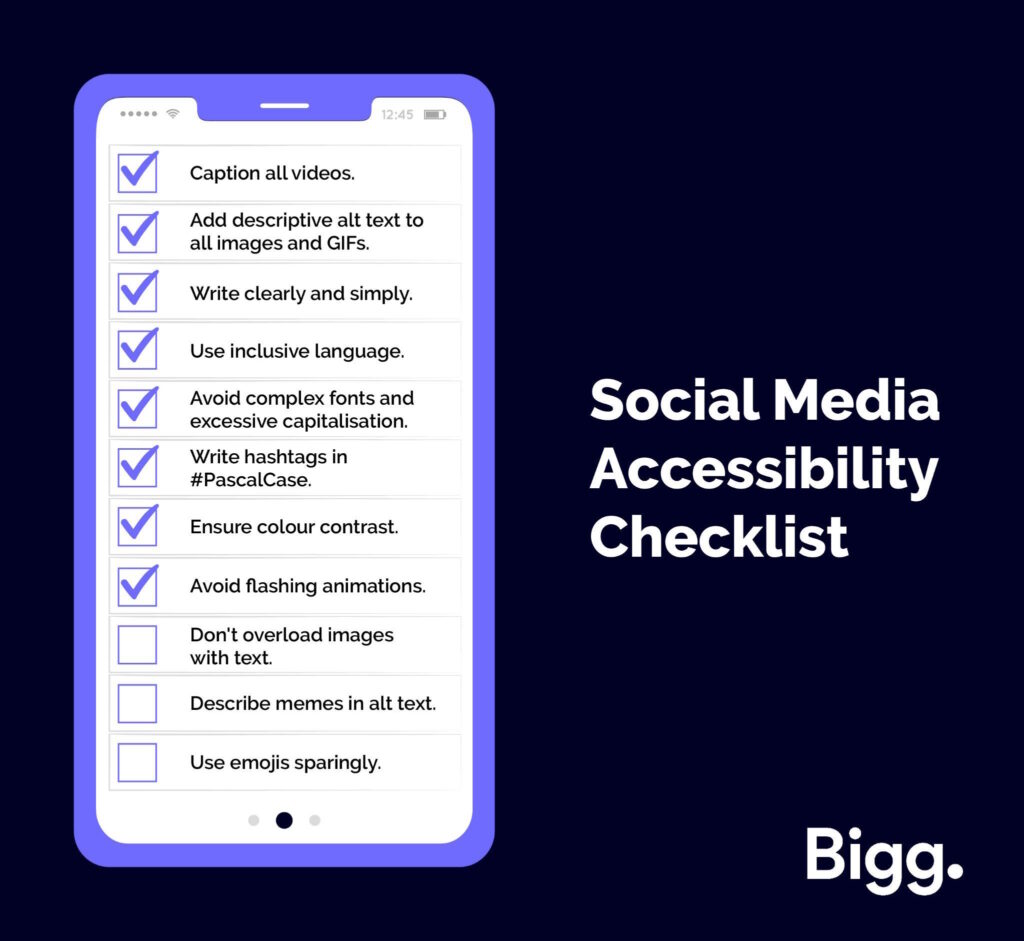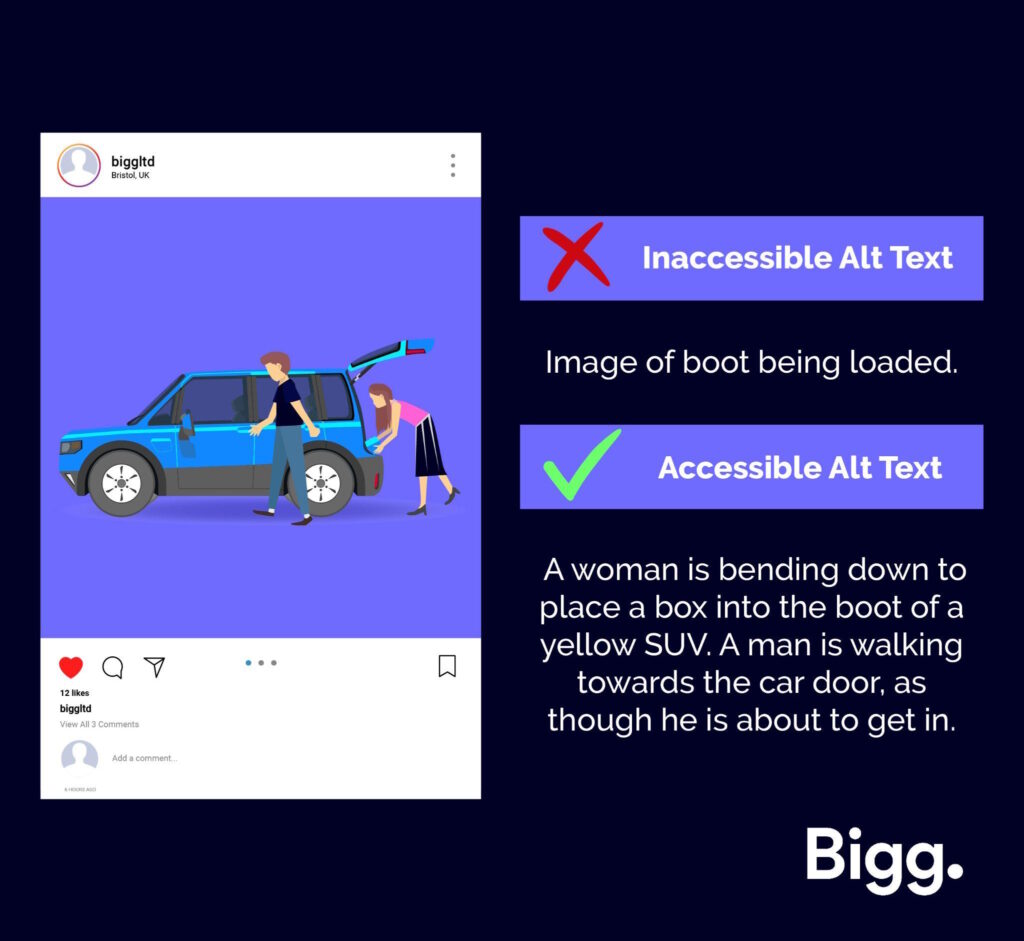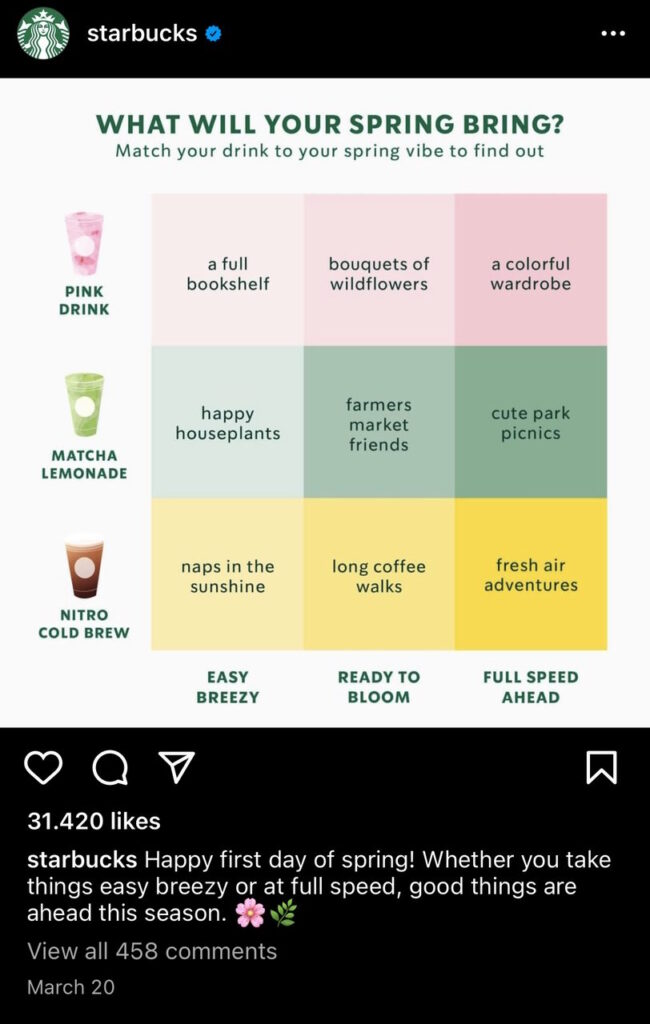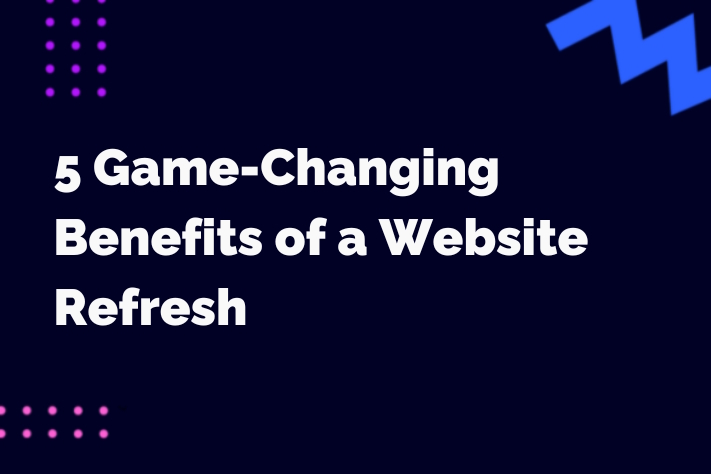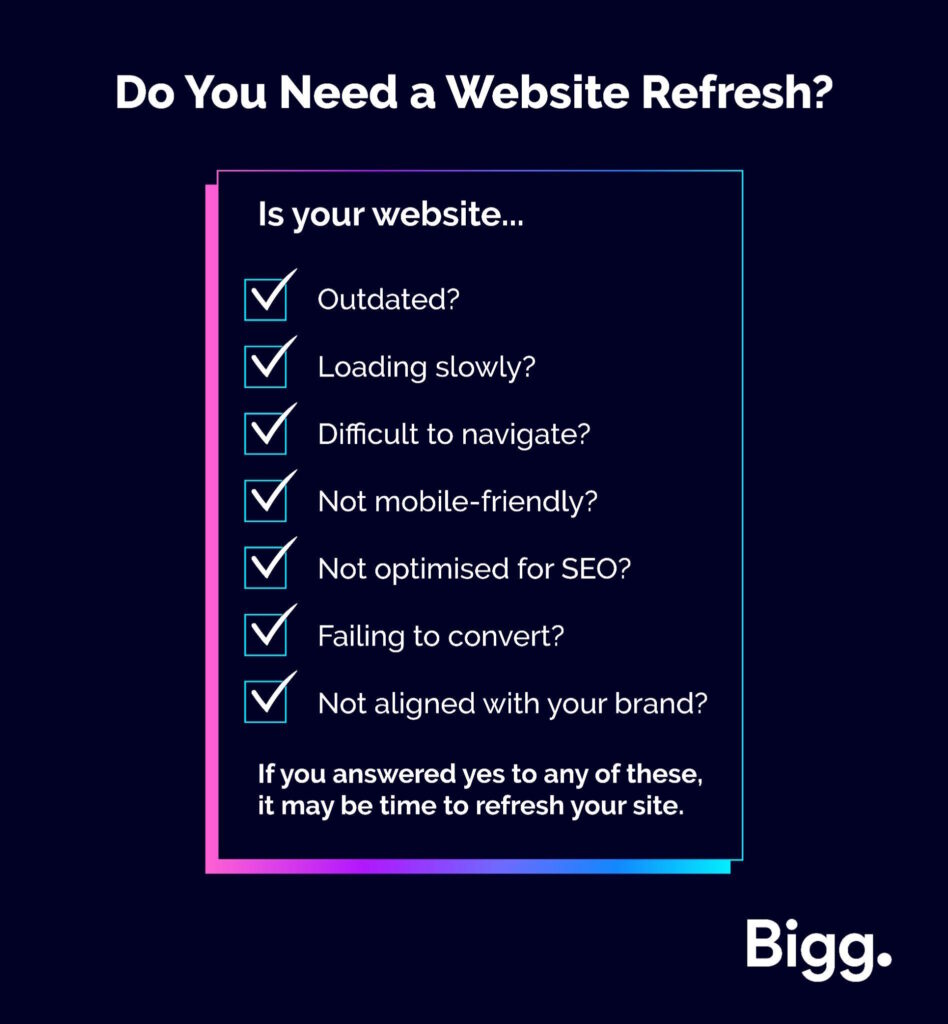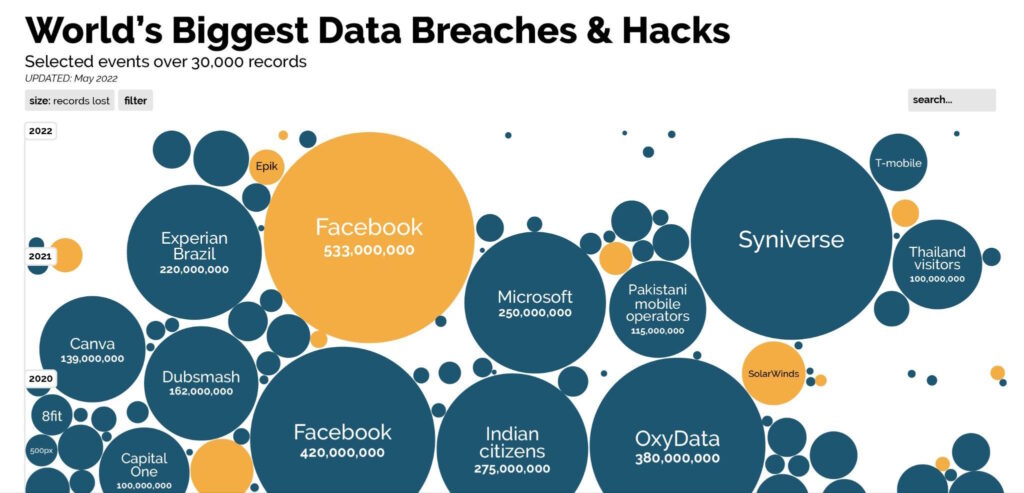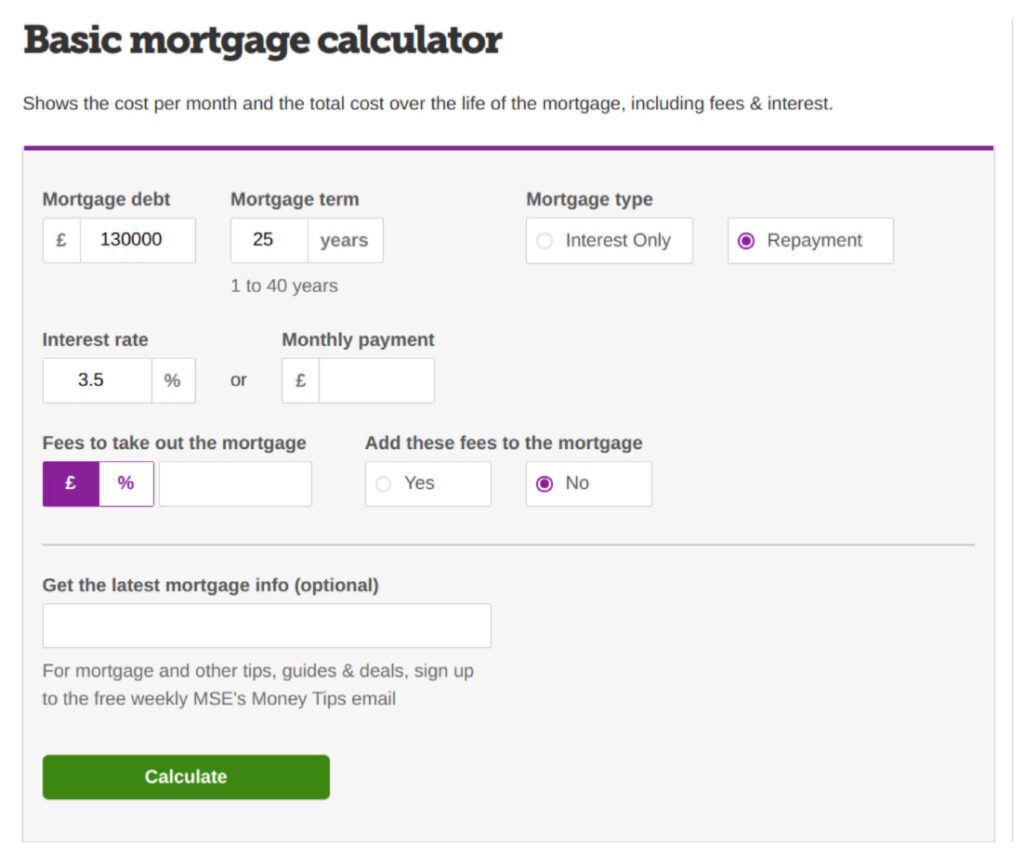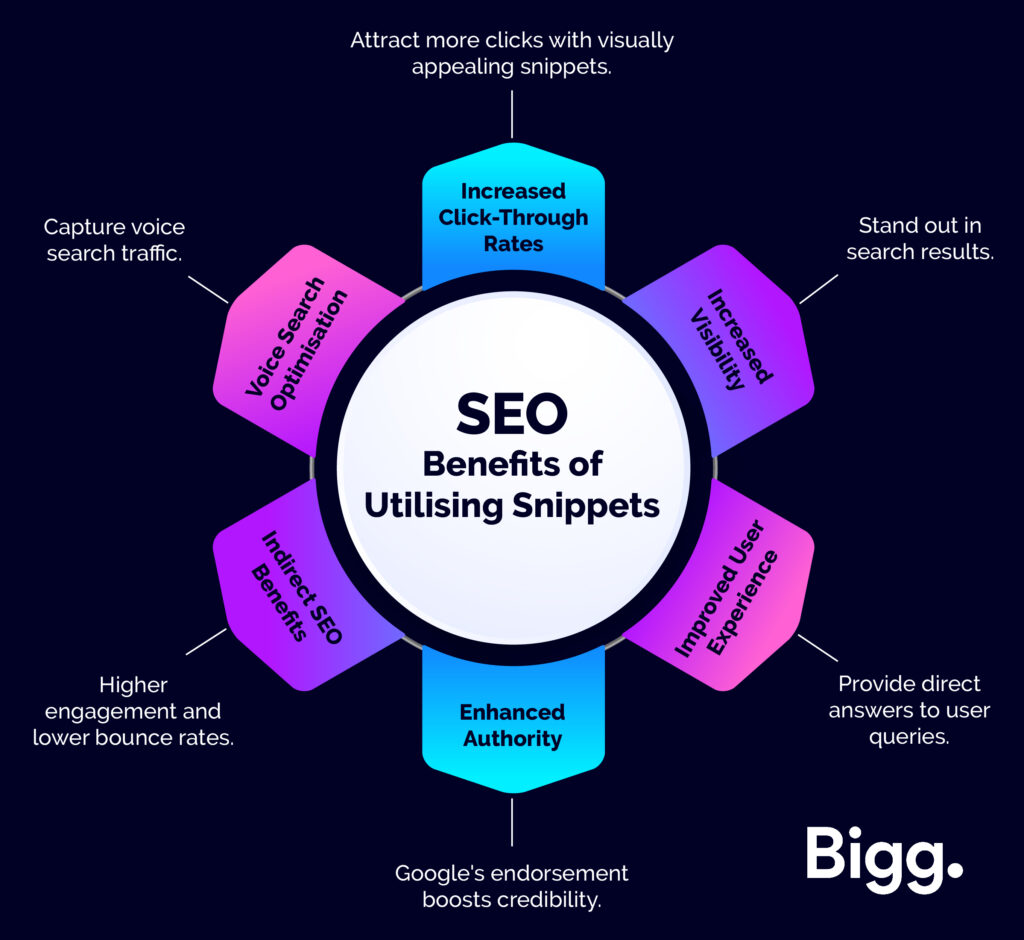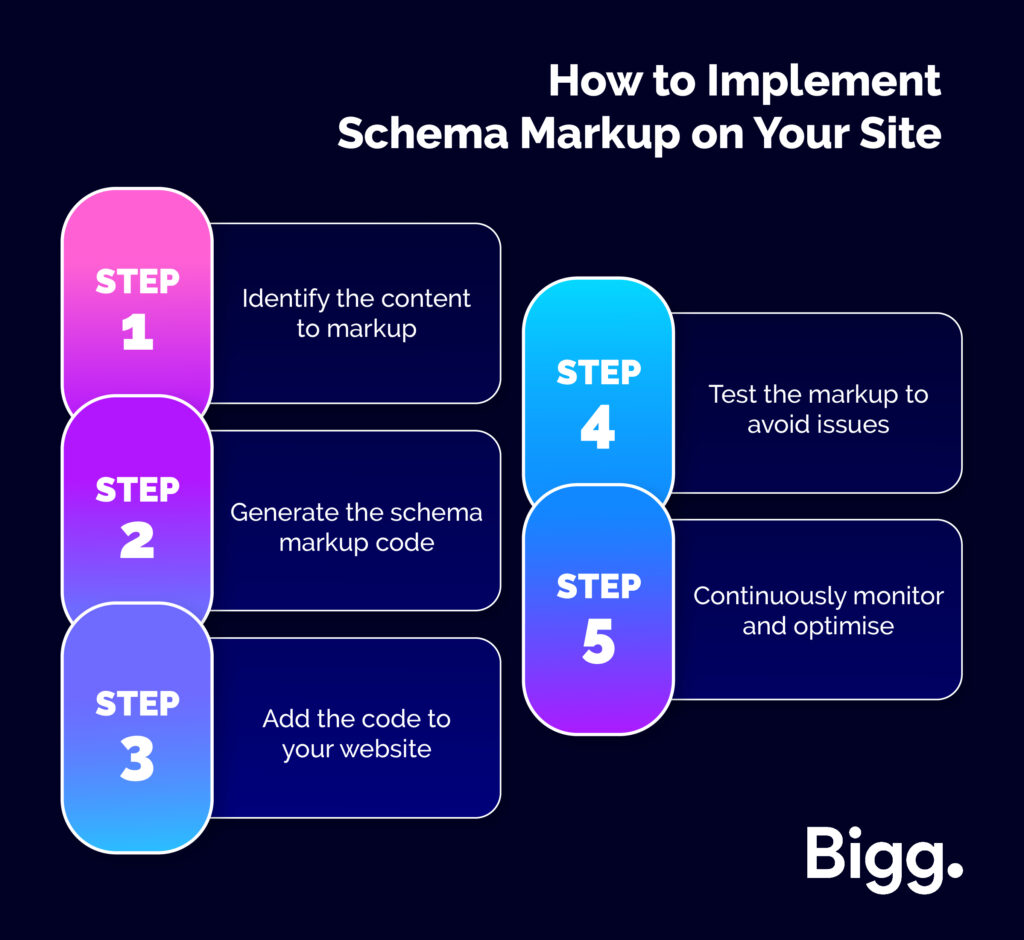In the competitive digital landscape, getting visitors to your website is only half the battle; you must also turn these visitors into leads, customers and followers. Fortunately, this is where conversion rate optimization (CRO) comes in.
CRO is all about turning casual browsers into engaged customers, helping to make every website visit count. By fine-tuning elements like design, messaging and the user journey, CRO plays a central role in any successful digital marketing strategy. When done right, it can even significantly increase your ROI, driving sustainable growth over time.
So, how do you get started with CRO? In this article, we’ll illustrate its role in enhancing website effectiveness and key strategies to drive growth.
What is a Conversion Rate?
A conversion rate is the percentage of visitors who complete a desired action, such as submitting a web form, signing up for a service or purchasing a product.
A high conversion rate means your website is well-designed, formatted effectively and appealing to your target audience. Alternatively, a low conversion rate could be the result of a variety of factors, such as slow load times, broken forms or website copy that doesn’t convey the value of the offer.
What’s Considered a Good Conversion Rate?
A 2023 survey conducted by Ruler Analytics found that an average conversion rate across 14 different industries was 2.9%. However, what’s considered a ‘good’ conversion rate depends on your industry, niche, goals, traffic channel and audience demographics – amongst other factors.
The key to figuring out what rate you should be working towards is to understand your baseline and work on making small, sustainable improvements towards your business goals. And if your conversion rate is lower than you’d like, it’s time to get optimising.
Key CRO Strategies for Success
A/B Testing: The Foundation of Effective CRO
A/B testing is a cornerstone of CRO, allowing you to make data-driven improvements. Testing different versions of web pages and content enables you to see what resonates most with your audience. From colours and button text to layout and images, A/B testing can reveal surprising insights into user behaviour.
How to Run a Simple A/B Test:
- Identify the Element to Test: Choose something specific, like a headline or CTA button. The table below should give you a good idea of which elements respond best to A/B testing.
- Create Variations: Make a clear “A” and “B” version.
- Split Traffic Evenly: Direct a portion of users to each version.
- Measure Performance: Track metrics like conversion rate, time spent on page or bounce rate.
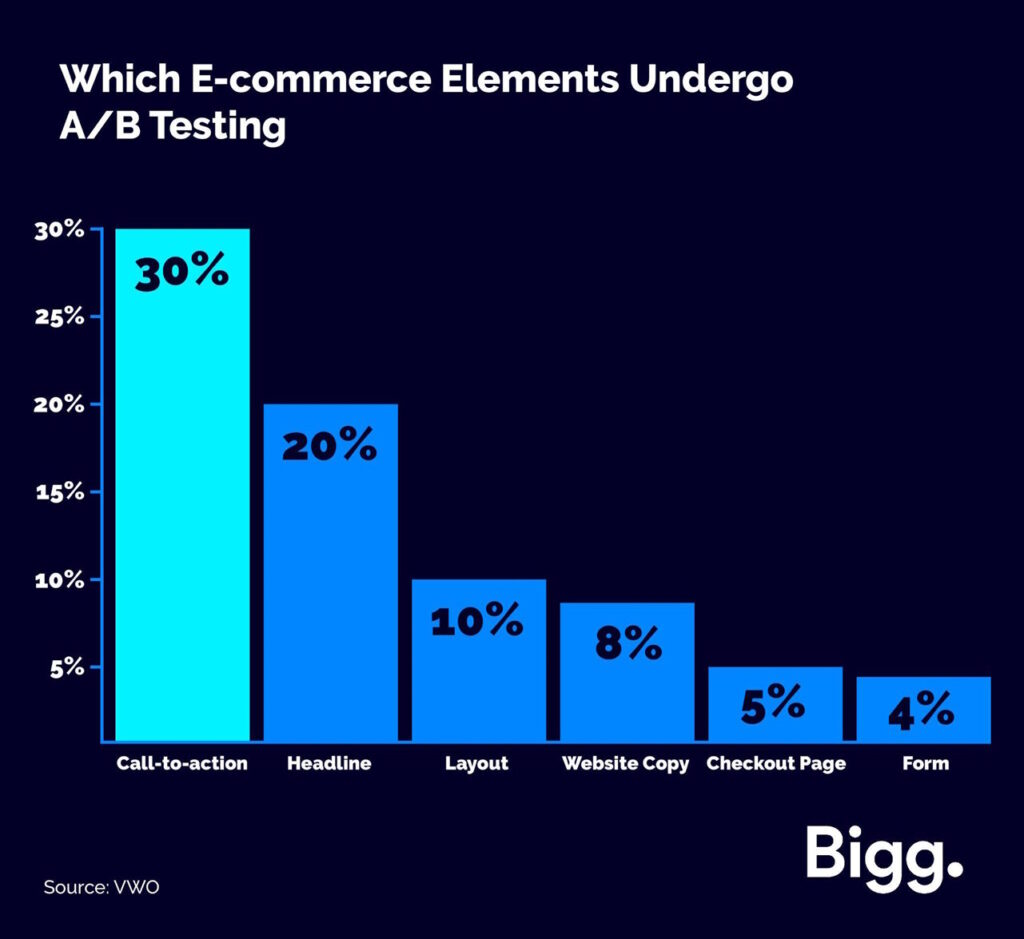
Pro Tip: Begin with elements that are likely to impact user behaviour, such as your primary CTA or landing page headline. For example, in this case study by Unbounce, changing three simple words on a CTA button – “Sign up for free” vs. “Trial for free” – saw a whopping 104% increase in the client’s trial start rate.
Create Text-Based Calls to Action (CTAs) for Blog Posts
While it’s considered best practice to include a call to action in a blog post, they sometimes fail to incentivise visitors to take the desired course of action. But why is this?
Banner blindness is a long-standing web user behaviour that refers to the tendency to ignore page elements that they perceive (be it correctly or incorrectly) to be an ad, such as banners. Affecting up to 86% of consumers, this selective attention, combined with the fact that site visitors don’t always read to the bottom of a blog post, means that a different tactic is required.
Fortunately, text-based CTAs act as an effective, tried-and-tested solution. For example, a test ran by Hubspot across 10 blog posts found that a standalone line of text linked to a landing page and styled as a H3 or H4 generated an average of 93% of a post’s leads, as opposed to just 6% from a standard end-of-post banner CTA.
Want to see a strong example of a text-based CTA? Stay tuned to the end of this blog!
Enhancing User Experience (UX): Simplify, Don’t Complicate
Many of us will have had the experience of giving up using a website because of its slow loading times, difficulty finding the information you want or simply thinking it looks cluttered or unappealing.
It comes as no surprise, then, that user experience is critical to CRO; if visitors find your site clunky, confusing or slow, they’re far more unlikely to convert. Good UX involves a clean, intuitive layout, fast load times and clear navigation. So influential is an enhanced UX design, that Mike Gualtieri from Forrester reported that it has the potential to increase conversion rates by up to a staggering 400%.
Key Areas to Optimise for UX:
- Navigation: Simple, logical paths help users find what they need faster.
- Mobile Optimisation: With so much traffic coming from mobile, a responsive design is essential.
- Visual Appeal: Quality visuals enhance engagement, while clean, minimalistic designs often outperform cluttered layouts.
Add Messages to High-Converting Web Pages
Live chat and chatbots can answer questions in real-time, making it easier for potential customers to find the information they need to make purchasing decisions. These tools can also gather valuable insights on customer pain points, helping inform further CRO improvements.
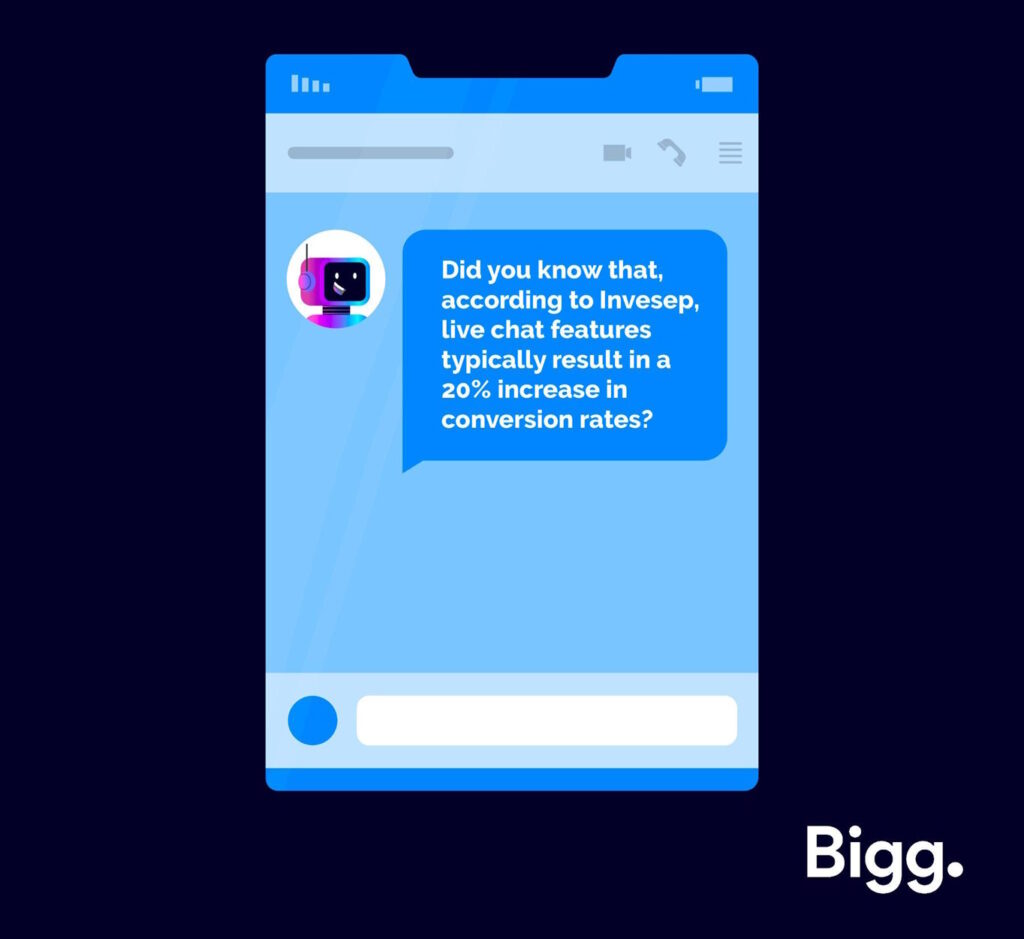
To increase conversions, add these chat features to your highest performing web pages, such as pricing or product pages, to help facilitate their purchasing journey. For instance, if a user has spent more than a minute on a page, you might want to automatically offer to help and answer any questions they may have.
Encourage Repeat Engagement with Retargeting
Not all users will convert on their first visit, but retargeting ads can re-engage visitors and guide them back to your site. Personalised retargeting ads based on the user’s browsing behaviour can remind them about products they viewed, offers they considered or content they interacted with.
Effective Retargeting Strategies:
- Product Reminders: Show users items they viewed but didn’t purchase.
- Content-Based Retargeting: Drive users back to relevant blog posts, guides or product pages.
- Seasonal Offers: Use timely ads to create a sense of urgency.
Monitoring and Iterating Your CRO Strategy
Much like with any new strategy, you should be regularly tracking and analysing CRO metrics to see what’s working and where there’s room for improvement.
Metrics to Watch:
- Bounce Rate: A high bounce rate might indicate that users aren’t finding what they need.
- Page Load Time: Slow loading times can cause users to drop off, particularly on mobile devices.
- Heatmaps and Click Maps: Tools like Hotjar and Crazy Egg provide heatmaps to show where users are engaging most on your site.
Tips for Ongoing Optimisation:
- Set Regular Reviews: Make CRO reviews part of your regular marketing strategy.
- Stay Updated on CRO Trends: As digital marketing evolves, keep an eye on emerging CRO trends.
- Use Feedback: Analyse user feedback and make adjustments to address any common pain points.
Ready to Boost Your Conversions?
Conversion Rate Optimisation isn’t all about immediate gains; it’s a key part of a sustainable growth strategy. By continuously testing, refining and optimising your website, you can transform traffic into loyal customers and improve your brand’s online performance.
If you’re struggling to get your CRO strategy off the ground, let Bigg help you unlock the potential of your website! Whether you need help with A/B testing, UX improvements or crafting the perfect CTA, our expert team in Bristol has the expertise to drive growth. Get in touch with us today to start your CRO journey and watch your conversions soar!


